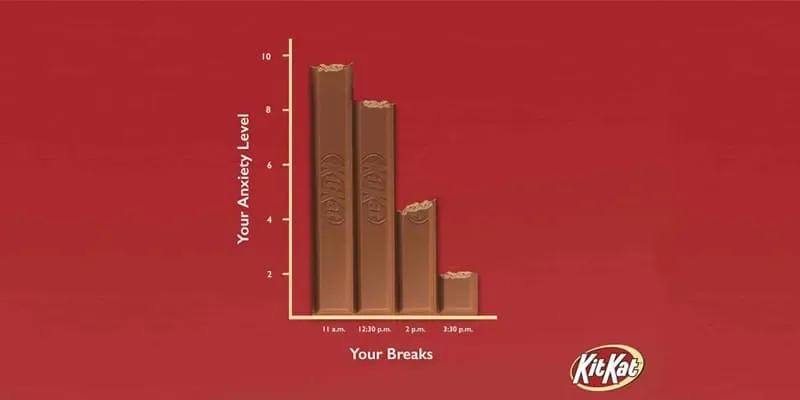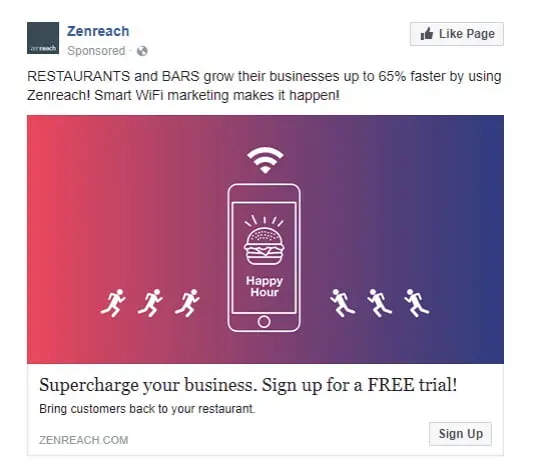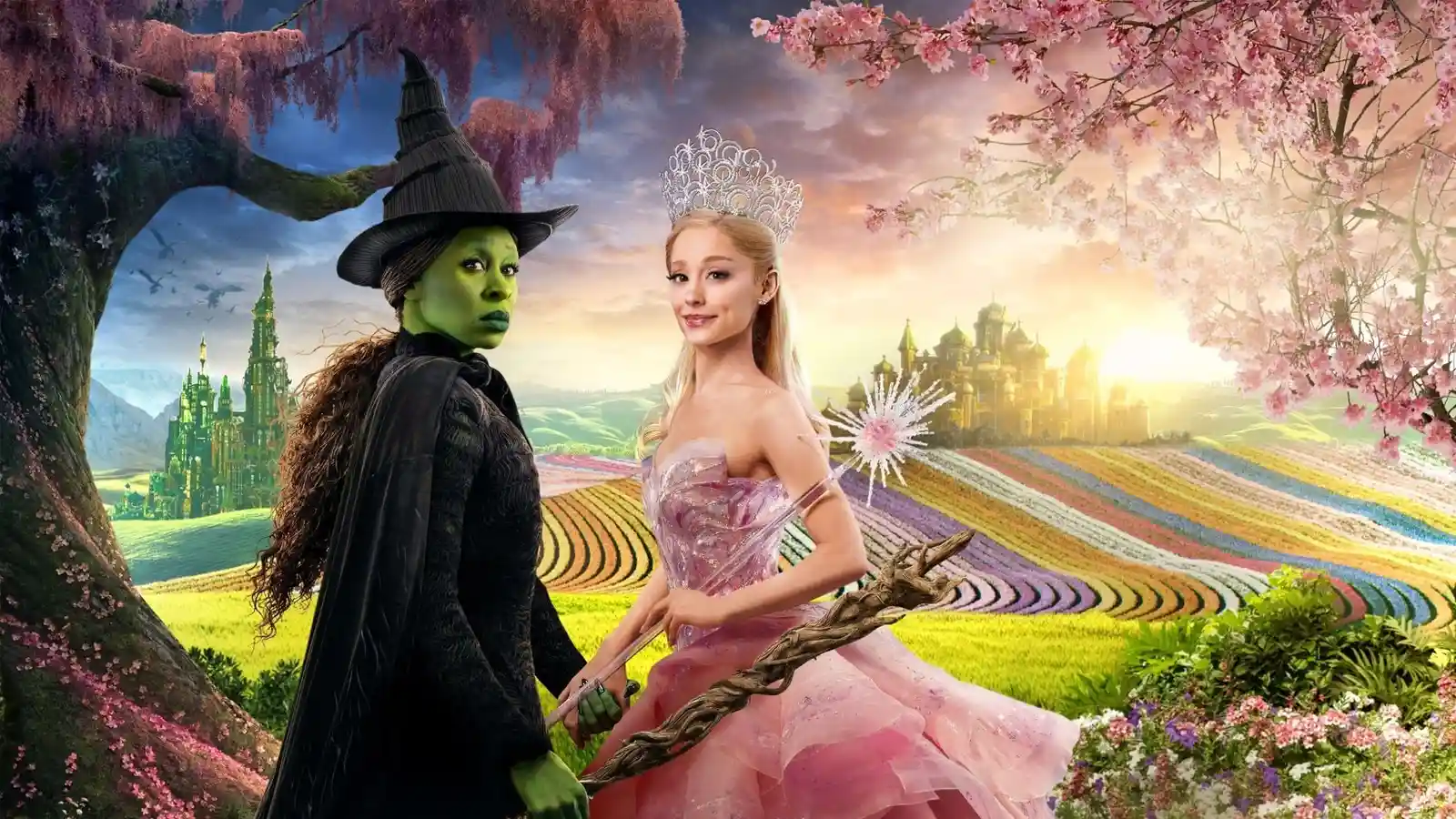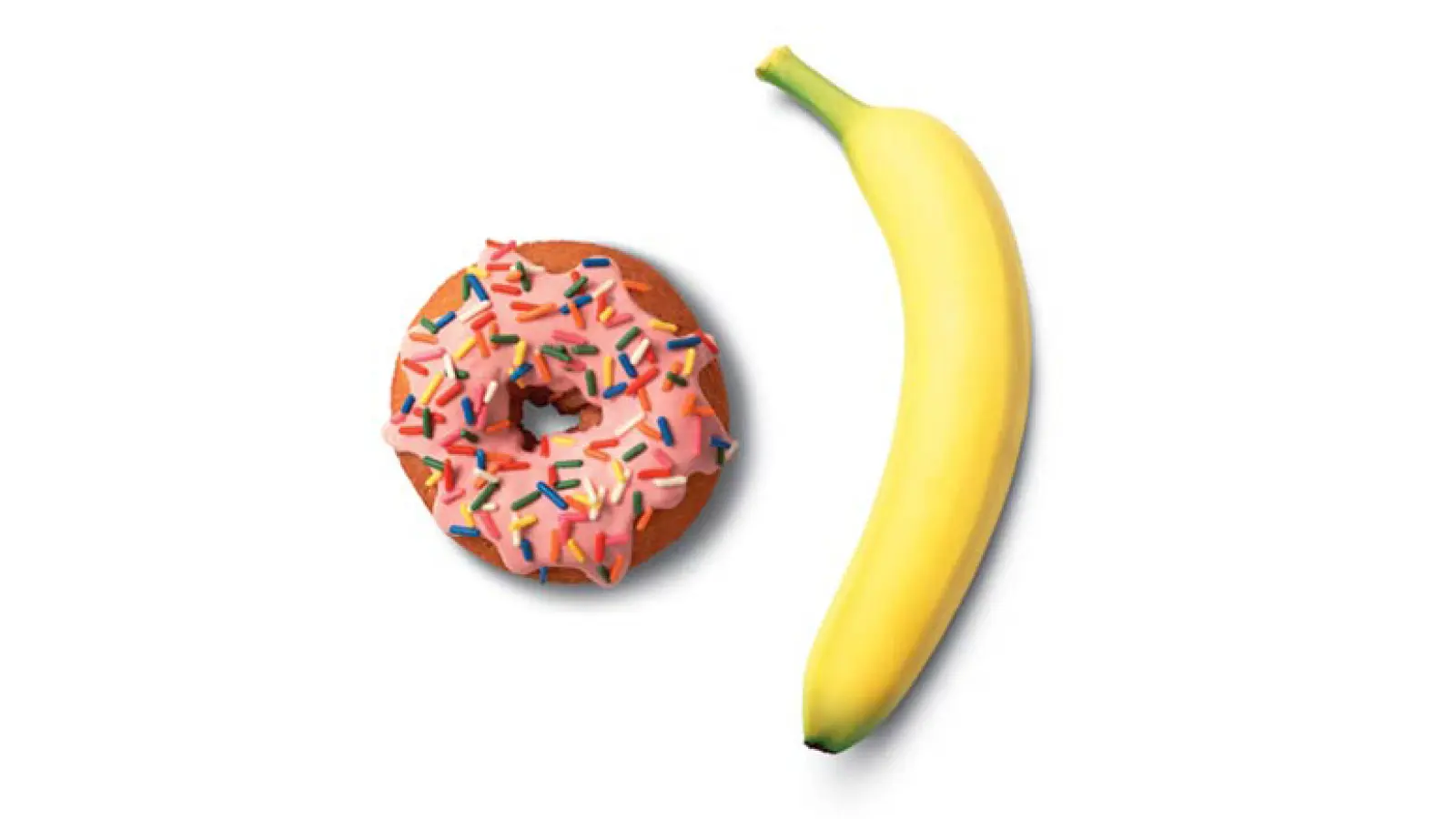Icons, Symbols and Indexes
Develop your understanding of Charles Peirce’s three sign categories with our examples from a range of media texts.
Introduction
Charles Peirce’s practical approach to understanding the relationships between the physical forms of signs and their meanings remains incredibly useful, but many students struggle to make sense of his ideas because it is not always easy to classify signs. We are going to analyse a variety of media texts and, hopefully, clarify his three categories.
Contents
Kit Kat
The first thing we want to make clear is that signs are not limited to just one category. A signifier can communicate several mental concepts, so they can be icons, indexes and symbols at the same time. The representation of chocolate in this Kit Kat advertisement is a great example of this process.

Icons
An icon physically resembles the thing it is representing. The sticks of chocolate look like their real-life counterparts so we could argue those signs are icons. The producers are keen to include an image of the chocolate in the advertisement to establish what is on offer.
Indexes
An index has a more factual connection to its object. There are four pieces of chocolate, but someone has taken a bite out of each of them. Since the physical form of the signs alludes to a person, the chocolate could be an index because it is referring to the consumer.
Importantly, there is a logical relationship between the size of the Kit Kats in the bar chart and the message being encoded by the advertisers. The audience are being positioned to want to buy the product to alleviate their stress in work: “Have a Break, Have a Kit Kat”.
Symbols
By contrast, symbols have no physical or factual connection to the object. We only know the branding for Kit Kat signifies the chocolate because we learn the link exists. That is why the best advertisers get paid good money.
The labels for the bar chart are also symbols.
Triadic Model of Communication
In his model of communication, Peirce outlined how a representamen would signal some of mental concept, or interpretant, that would then refer to the object of the sign. In other words, the physical form of the chocolate bars in this advertisement makes us think about Kit Kats in real life.
Consider this example: if you heard someone say Kit Kat (representamen), you would immediately picture the snack in your mind (interpretant) because you have seen them before (object).
Peirce’s classification of signs involves the relationships between these three points of communication. An icon has a physical relationship to the mental concept, an index has a logical relationship to the mental concept, and a symbol has no relationship to the mental concept.
Slumdog Millionaire Poster
The deliberate use of signs to communicate the tremendous success of Slumdog Millionaire (2008) makes this text perfect for analysis. The critically acclaimed film won eight Oscars, including Best Picture, and four Golden Globes. When a film receives such terrific endorsement from the industry, producers will use the accolades on a “review” poster. These movie posters are issued at the same time as the full theatrical release posters, but will leave out the credits, billing blocks and other conventions to make room for the large-print reviews.

Symbols
Symbols require some cultural knowledge for the meanings to be understood because there is no physical or factual connection between the signifiers and what they signify. The five-star reviews are an excellent example of symbols because there is no obvious resemblance between their physical form and what they connote. We are taught from an early age that stars are rewards for good work.
The language used for the reviews are also symbols because there is no connection between the mental concepts and the shapes of the letters or the how the words are constructed. The relationship is arbitrary.
Colours are often used to signal meanings, especially when they are part of a system or code, such as film genres. A horror film, for example, will use darker colours to create a sense of dread. In this movie poster, the wonderfully bright use of colours for the reviews suggests the narrative will be life-affirming.
Icons
Icons have an obvious physical similarity to what they represent. The poster features two of the main characters. After winning the Indian version of a popular television programme and accused of cheating, the central character, Jamal Malik, is forced to explain to the police how a boy from the Mumbai slums came to know the answers to some very difficult questions on the show. The film explores the stories behind his responses. The representation of the characters are icons.
Consider the Golden Globe award at the top of the poster. The blue silhouette immediately connects with the actual statue in real life, so it is also an icon.
Zenreach
Advertising on Facebook and other social media platforms is an effective way to introduce your brand to a new audience and drive traffic to your website. Anyone can set up an account, design a campaign and deliver it straight into feeds around the world. You can target users according on their location, age, gender, and the information they provide in their profiles. These are known as Precise Interest Targeting campaigns.
If you own your own business, especially a bar or restaurant, and want to increase the number of repeat customers coming through your doors, Zenreach claimed they could help you make progress through their Smart Wi-Fi marketing. For this example, we are going to explore how they use signs to communicate that message to their specific audience through this Facebook Ad.

Remember, an icon will have a close physical connection to its denotation and connotation. The outline of the mobile phone, including the screen and home button, clearly represents a mobile phone. The flat, white lines of the burger create a mental concept of a burger. Even the figures of people rushing towards the phone are icons.
It is important to note the signifier of the burger connotes the restaurant. Since there is now a factual connection between the physical form of the sign (food) and the mental concept (restaurant), the burger is also an index.
When you are analysing signs, you should always refer to their physical form and comment on what they signify. For instance, we know the three bold arcs above the phone are used to represent Wi-Fi signals. That convention is well known.
However, does this signifier have a physical resemblance to what it signifies? You could argue it looks a little like radio waves which makes the sign an index. You could also argue we cannot see radio waves in real life, so the sign is a symbol.
Final Thoughts
It is not always easy to identify if a sign is an icon, symbol or index. Some signs have a clear and immediate connection to the mental concept they signify while others only have an obscure relationship to the meaning they convey.
Charles Peirce reduced this modality to three categories. Identifying the type of sign is not always relevant to the analysis of a media text, but it can lead to interesting interpretations and we need to critically assess how messages are being constructed, especially if the representations are manipulative and harmful.
This article focused on the practical application of the theory. For more information about icons, symbols and indexes, read our introduction to Charles Peirce’s sign categories.
Decoding Semiotics
The study of signs helps us understand how meaning is constructed through language. Explore more posts analysing media texts through this critical framework.







